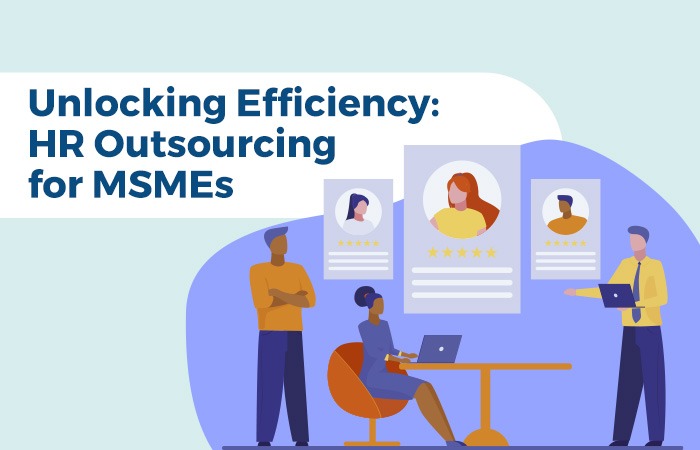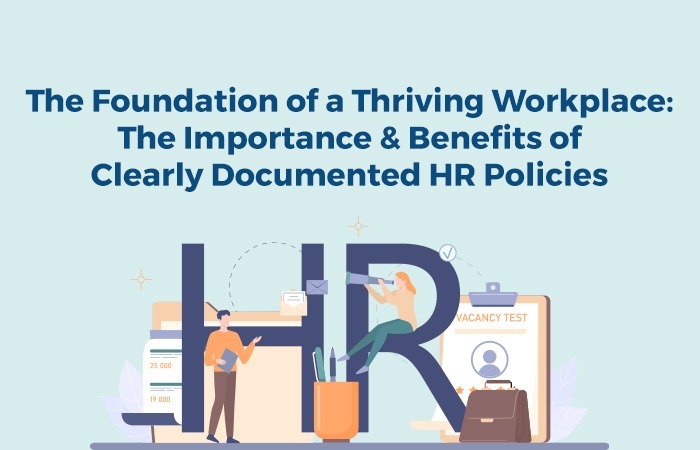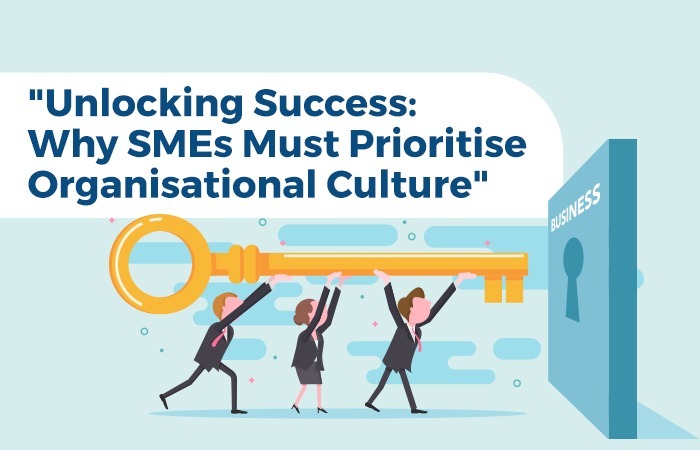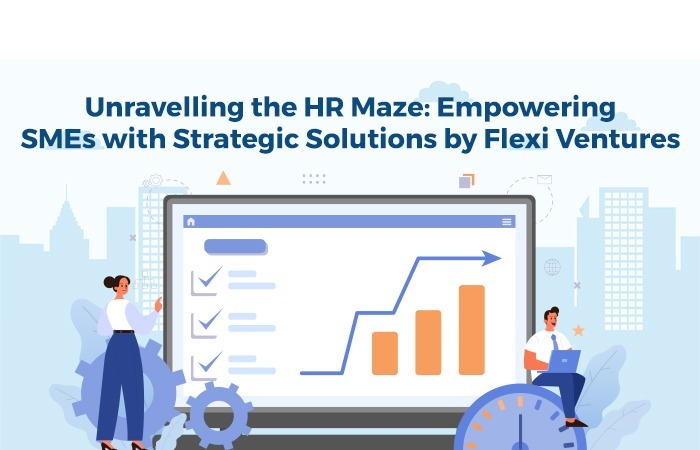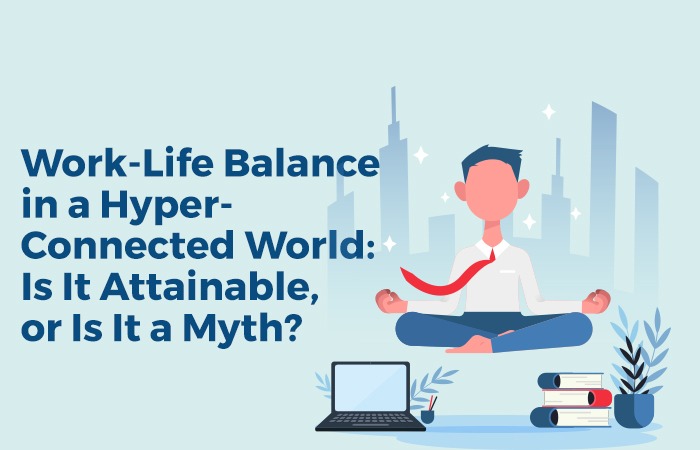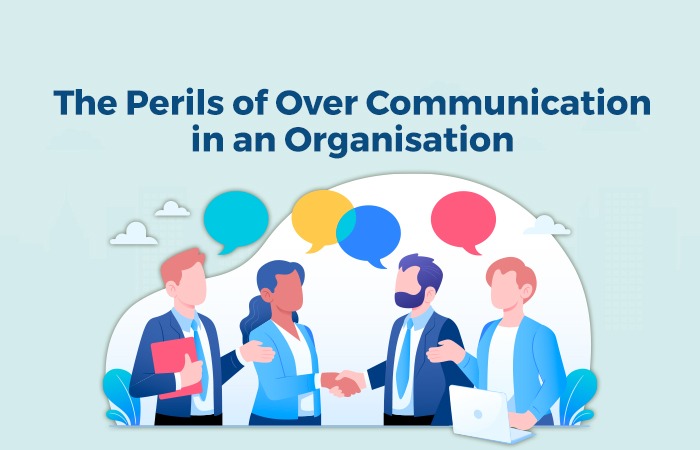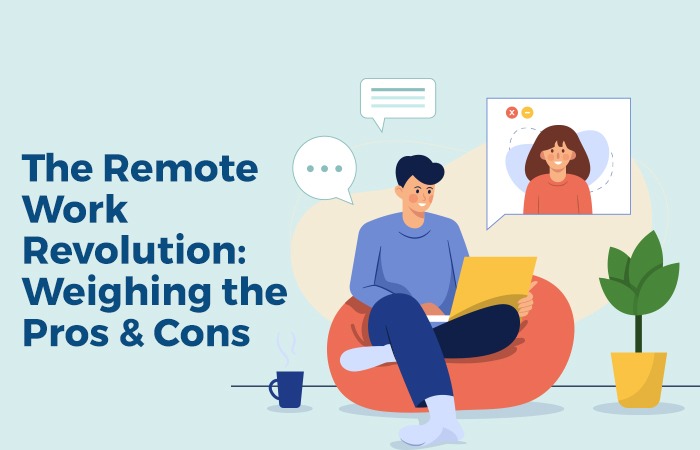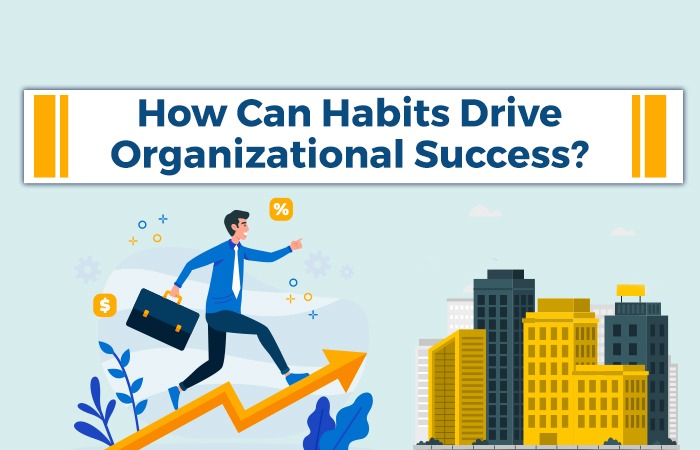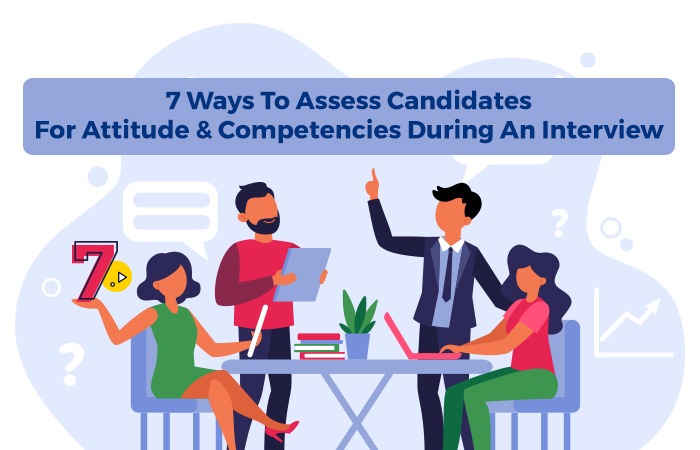Many organisations lose their top performers because of Talent Hoarding.
According to a recent survey, “Frustration with career progress” is one of the top reasons why employees leave a company.
In simple terms, employees leave an organisation when they reach a ‘deadend’ with regards to their career development. They do not see career growth anymore in the company – professionally or personally.
Are your managers inadvertently hoarding your top performers, causing them to leave their jobs and look for opportunities outside the organisation?
In this article, we will cover some facts about talent hoarding and provide you tips to retain your best performers.
What is Talent Hoarding?
Talent Hoarding is the act of ensuring that your best performers remain in your team.
You would say, “what is wrong with that”? Your star performer is bringing in results beyond expectations and it is natural to want to keep them in your team for as long as possible.
However, hoarding happens over time when companies, focused on short term goals, are scared to let the resource leave the team due to the fear of not being able to replace them.
Managers refrain from providing better opportunities to their top performers for the fear of losing them to another manager or department, especially when the organisation culture promotes unhealthy competition amongst teams. This short-sightedness can cause harm to the overall productivity and efficiency of the workforce.
What are the pitfalls of Talent Hoarding?
Here are some ways Talent Hoarding can hurt your organisation.
- Not letting employees move to a better role can cause the employee to feel demotivated, disengaged and burned out.
- Monotony from doing the same work can cause loss of creativity.
- Employees do not learn any new skills and lose out on their personal & professional growth.
- Employee is forced to not just leave the team, but the organisation and look for opportunities outside the company.
- Losing top talent can have adverse effect on the overall morale of the workforce, leading to higher employee turnover.
- Employees leaving on a bad note can affect the employee brand image negatively.
Millennials rank ‘Opportunity’ as their biggest consideration in taking or staying at a job. *Gallup Study.
Look out for signs of talent hoarding in increased employee turnover especially of your top talent or drop in overall productivity, morale, engagement in the organisation.
Fixing the issue will require some mindset changes at the organisational level.
Here are some good strategies for talent management and retention.
- Team Goals to Company Goals
Rather than looking at what is the best for my team, look at what is the best for my organisation. Getting rid of the myopic view (personal goal or team goal) to look at the larger goal (company objectives) will ensure that the managers and teams are connected to the company mission.
Releasing top performers for better roles and opportunities within the organisation leads to overall success of the organisation, which in turn leads to more opportunities for existing talent and an ability to attract top talent.
Employees that see growth within the organisation work harder and more efficiently with the help of support from the managers and leaders.
- Managers to Coach
According to a Harvard Business Review article, ‘personal involvement in the development of talent’ is an essential activity for business success.
The job of a manager or leader is to ensure growth of the employees at personal and professional level. It includes recognising their potential and pushing them to do better. They should help create opportunities and career growth plans in line with the employee’s strength and goals.
Coaching mindset needs to be inculcated; it may not come naturally to everyone. Leaders can lead by example with their own teams. Managers can also be provided training to build a mindset that fosters growth of the team members.
- Encourage Internal Mobility
How often do you actively recruit for open positions internally? Are employees encouraged to apply for jobs within the organisation?
Encourage managers to talk to their teams about open positions and vice versa.
Start with creating attractive and interesting job boards. Just because it is an internal job post, does not mean it has to be boring information. Make it exciting enough to compete with job posts from top recruitment or staffing companies.
Proactively identify your star performers and prepare them for roles internally. Train them to become the next CXOs of the future.
In conclusion, it is time to move from thinking about ‘what can your employees do for you’ to thinking about ‘what you, as a manager or company, can do for your top performers’?
For more insights on managing your workforce, login to www.flexiventures.in.


